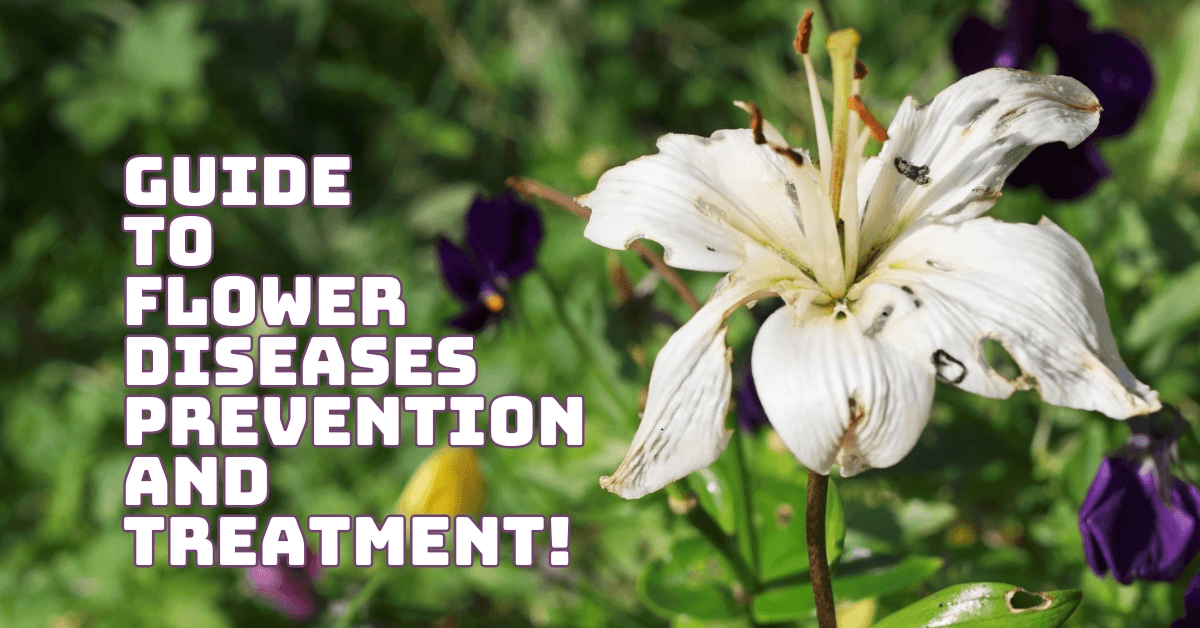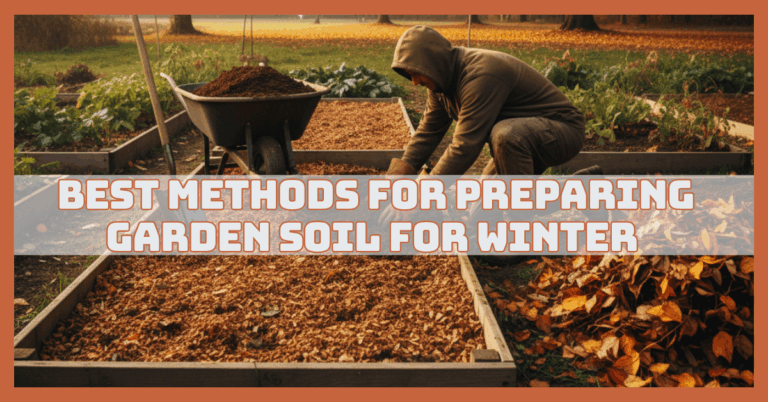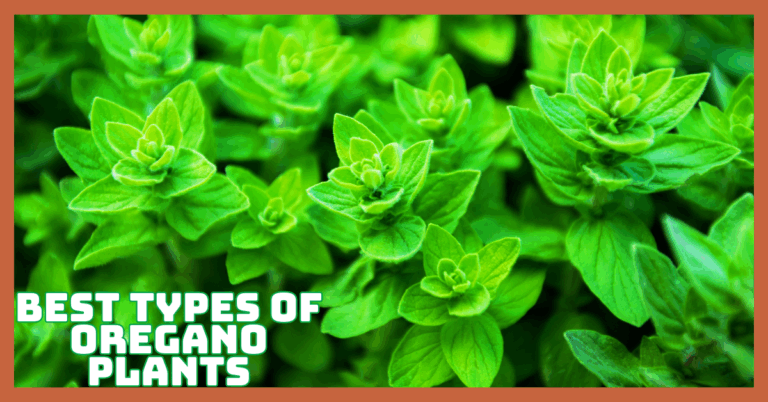Essential Guide To Flower Diseases
The Essential Guide To Flower Diseases Prevention And Treatment
A thriving garden filled with vibrant flowers can quickly fall victim to disease if not properly cared for.
From fungal infections to bacterial blights, flower diseases can spread rapidly, diminishing the beauty of your blooms and weakening plants.
Understanding how to prevent and treat these common flower diseases is essential for maintaining a healthy garden.
This guide explores the most common flower diseases, effective prevention strategies, and treatment methods to help your garden flourish year-round.
Introduction To Common Flower Diseases
Gardening enthusiasts and professionals alike strive to cultivate beautiful, healthy flowers that enhance the aesthetic appeal of their landscapes.
However, given the numerous illnesses endangering flower health, accomplishing this goal may prove difficult.
Understanding these common flower diseases is essential for maintaining a vibrant and thriving garden.
Understanding Flower Diseases
Understanding flower plant diseases is essential for maintaining a healthy and vibrant garden.
Numerous pathogens, such as bacteria, viruses, fungi, nematodes, and environmental variables like inadequate nutrient levels or incorrect irrigation, can cause plant illnesses.
All portions of the plant, including the leaves, stems, roots, and flowers, are susceptible to these diseases, which can cause symptoms like discolouration, wilting, spots, and abnormalities.
Among the most prevalent are fungus-related illnesses like powdery mildew and rust. They thrive in warm, humid conditions and spread quickly if not controlled.
Bacterial diseases like Bacterial Leaf Spot and viral infections like the Mosaic Virus can also wreak havoc, often spreading through water, insects, or infected plant material.
Preventing these diseases involves proper spacing, watering at the base of plants, and choosing resistant varieties.
Once a disease takes hold, treatment may include pruning infected parts, applying fungicides or bactericides, and removing severely affected plants.
By being aware of flower disease's causes, symptoms, and available treatments, gardeners can prevent it and ensure their gardens stay gorgeous and healthy all year round.
Identifying Common Flower Diseases
Recognizing the signs of common diseases affecting flower plants is essential for early intervention and successful treatment.
Different diseases exhibit specific signs that can help gardeners diagnose the problem and take appropriate action.
Below are some of the most common flower plant diseases and their identifying characteristics.

1. Powdery Mildew
Symptoms Of Powdery Mildew
The leaves' upper surfaces, stems, and buds display white or grayish powdery patches indicative of powdery mildew.
Affected leaves may curl, turn yellow, and drop prematurely. The powdery mildew disease often causes flowers to develop poorly or not at all.
Identification Of Powdery Mildew
This fungal disease is most prevalent in warm, dry conditions with high humidity. It typically starts on the lower leaves and progresses upwards.
Prevention/Control Of Powdery Mildew
Avoid watering plants from above and space them appropriately to promote air circulation around them to prevent powdery mildew.
To stop the spread, remove and discard any contaminated plant parts. Use fungicides labelled for powdery mildew, such as those with sulphur or neem oil.
For organic options, apply a baking soda solution or milk spray. Monitor plants regularly for early signs and choose resistant varieties when possible.
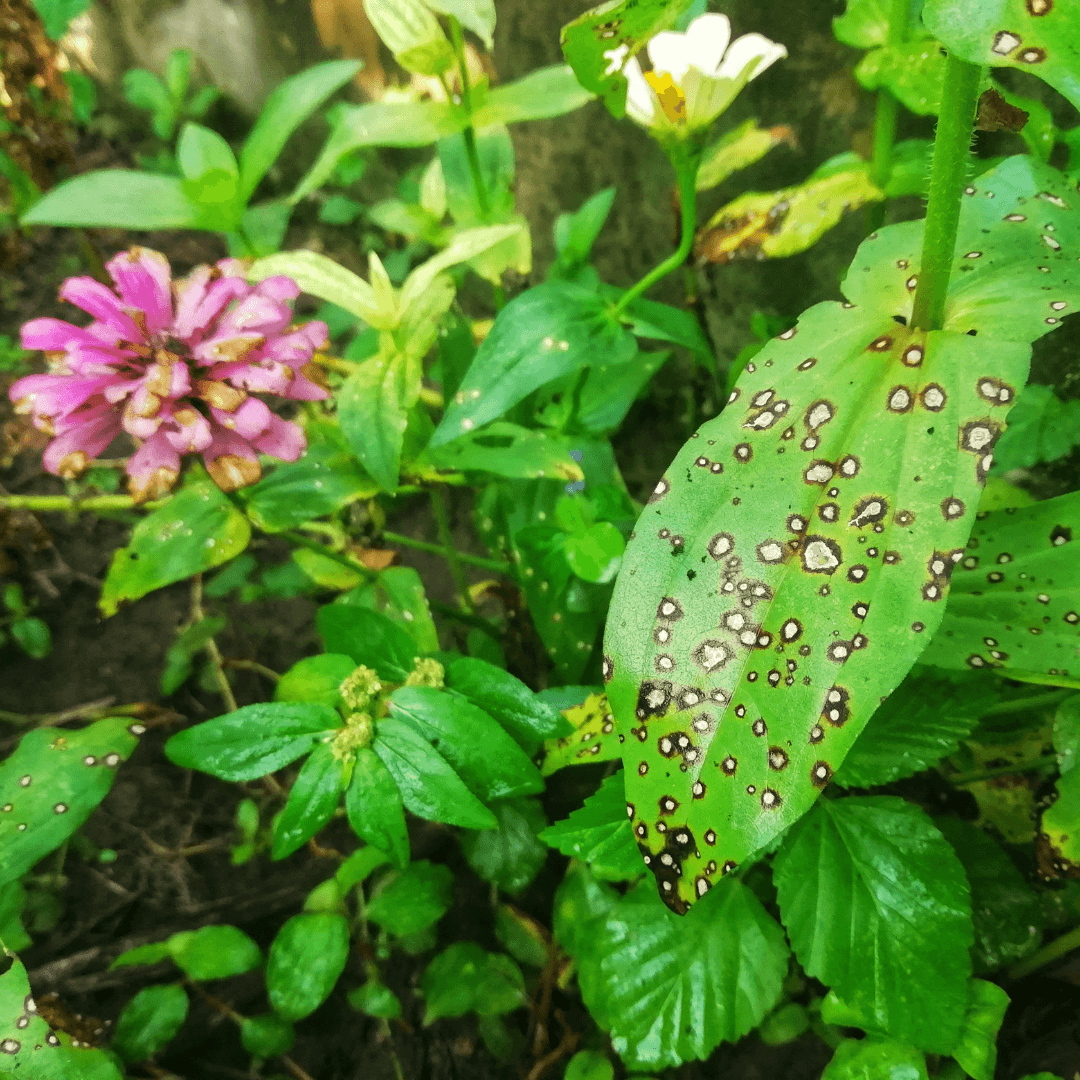
2. Rust
Symptoms Of Rust
Rust is identified by small, round bumps that are orange, yellow, or brown, primarily on the undersides of leaves.
These bumps can also appear on stems and flowers. The plant may weaken if infected leaves turn yellow and drop off early.
Identification Of Rust
Several fungal species cause rust diseases, often found in plants like hollyhocks, roses, and daylilies. The pustules release rust-coloured spores that can spread the disease.
Prevention/Control Of Rust
Remove and destroy infected plant parts to control rust to reduce spore spread. Proper plant spacing and avoidance of overhead watering will improve air circulation.
Apply fungicides labelled for rust, focusing on products containing chlorothalonil or copper-based compounds.
For organic Control, use neem oil or a sulphur spray as directed. Monitor plants regularly and ensure good garden hygiene to prevent the disease from reoccurring.
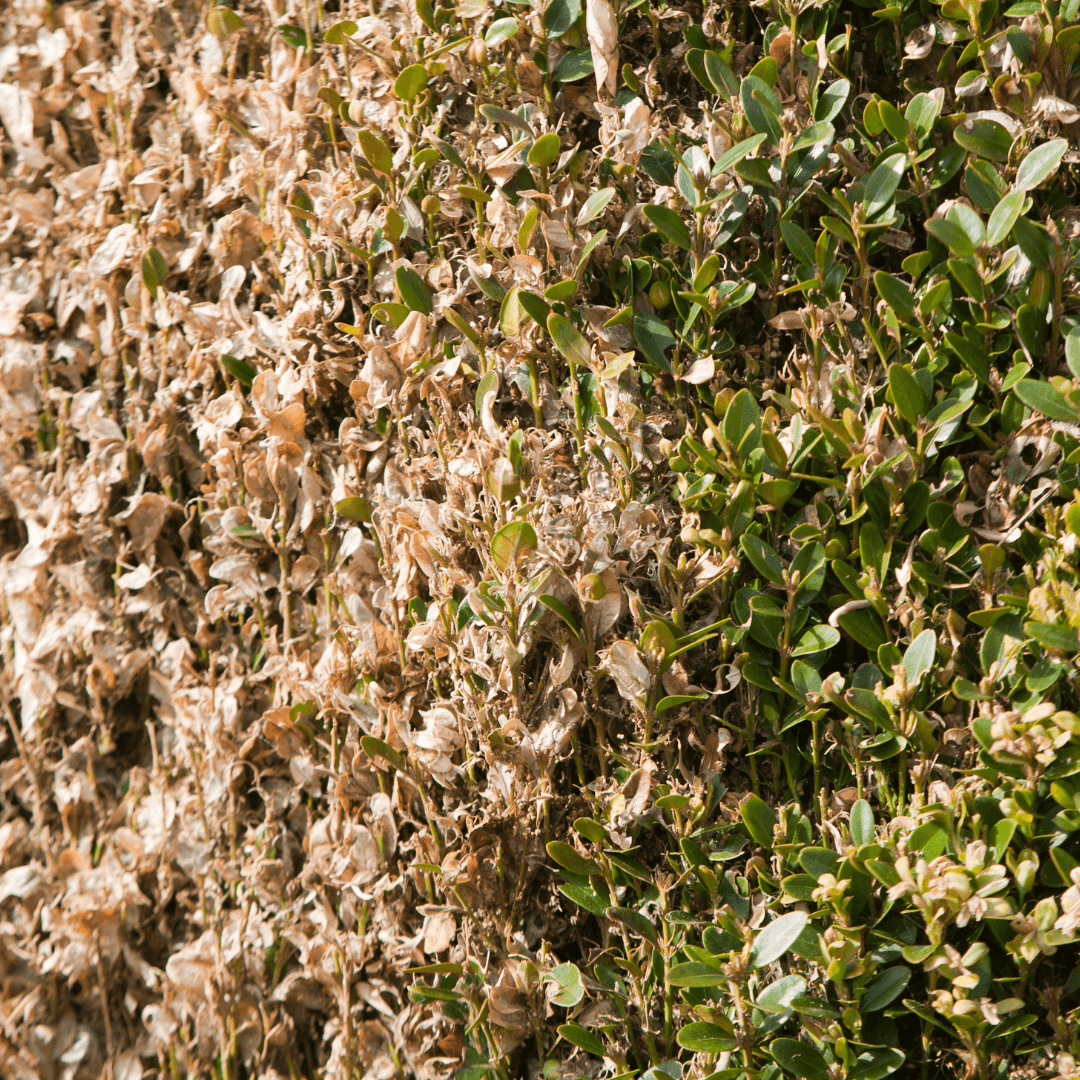
3. Botrytis Blight (Gray Mold)
Symptoms Of Botrytis Blight (Gray Mold)
The botrytis blight causes grayish-brown mould on flowers, leaves, and stems. Infected plant parts may rot, leading to wilting and collapse. It often begins as small, water-soaked spots that quickly enlarge.
Identification Of Botrytis Blight (Gray Mold)
Botrytis Blight thrives in cool, damp conditions and is common in densely planted gardens with poor air circulation. It affects many flowers, including peonies, geraniums, and roses.
Prevention/Control Of Botrytis Blight (Gray Mold)
To control Botrytis Blight, ensure good air circulation by spacing plants properly and avoiding overcrowding.
Remove and discard any contaminated plant pieces to stop the mould from spreading. Avoid overhead watering and keep plants dry.
Apply fungicides labelled for gray mold, such as those containing copper or sulphur. For organic Control, use neem oil or a milk solution. Regularly inspect plants and maintain garden hygiene to prevent recurrences.

4. Bacterial Leaf Spot
Symptoms Of Bacterial Leaf Spot
Bacterial Leaf Spot causes small, water-soaked spots on leaves that eventually turn dark brown or black.
The spots often have a yellow halo and may coalesce, leading to large areas of dead tissue. In severe cases, leaves may drop prematurely.
Identification Of Bacterial Leaf Spot
This bacterial disease spreads through water splashes, contaminated tools, or infected plant material. It is common in overcrowded gardens with poor air circulation.
Prevention/Control Of Bacterial Leaf Spot
To control bacterial leaf spots, improve air circulation by spacing plants properly and avoiding overcrowding.
To stop bacteria from spreading, remove and destroy any diseased plant material. Avoid overhead watering and ensure tools are disinfected.
Apply bactericides labelled for leaf spot, following the manufacturer’s instructions.
For organic options, use copper-based sprays or a diluted milk solution. To minimize disease spread, regularly inspect plants and maintain garden hygiene.
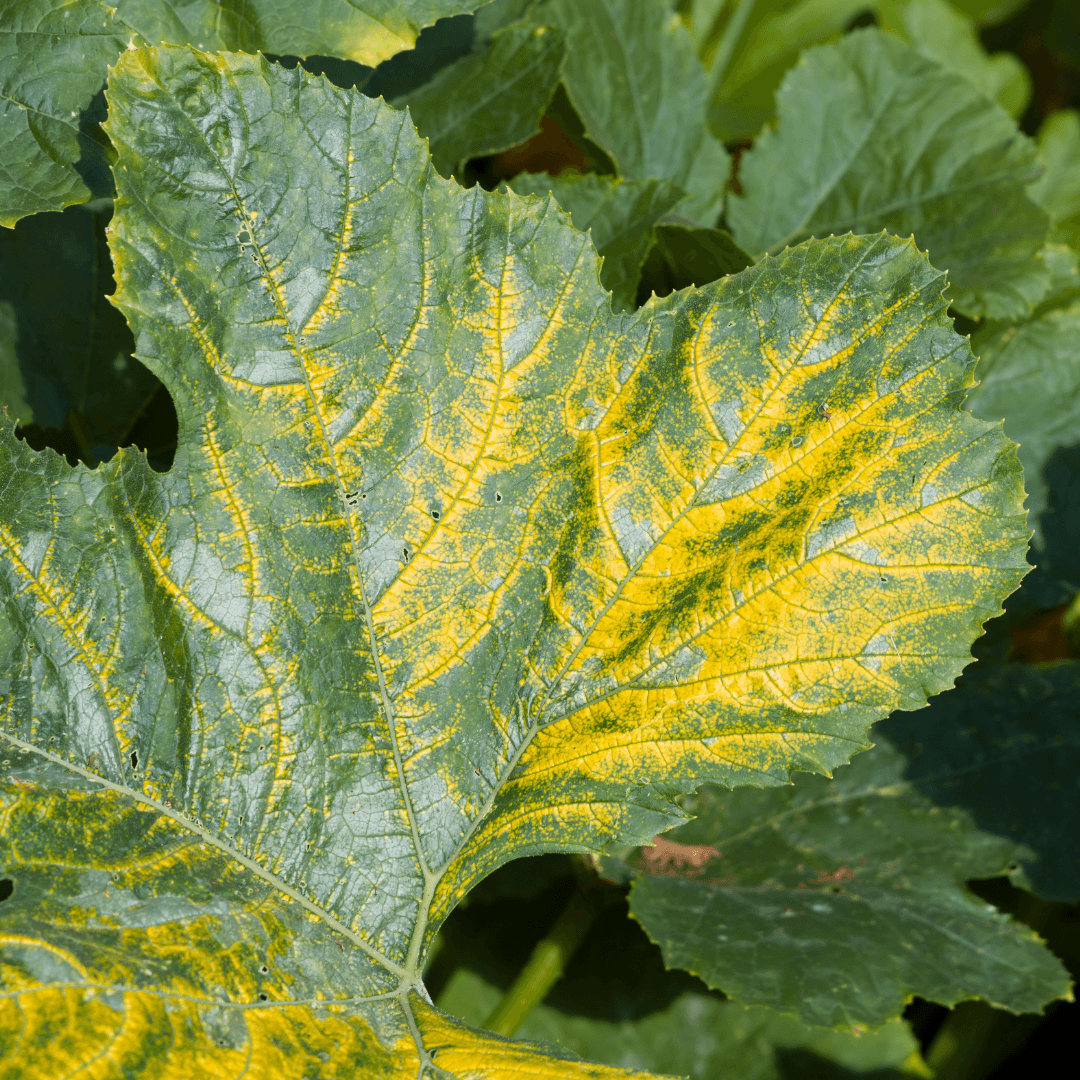
5. Mosaic Virus
Symptoms Of Mosaic Virus
Mosaic Virus results in mottled, striped, or spotted patterns on leaves, often accompanied by stunted growth and deformed flowers. The affected leaves may have a mix of dark green, light green, yellow, and white patches.
Identification Of Mosaic Virus
Viral diseases like the Mosaic Virus are often transmitted by insect vectors such as aphids or through infected plant material.
Since viral infections have no known treatment, prevention and getting rid of contaminated plants are essential.
Prevention/Control Of Mosaic Virus
To manage the Mosaic Virus, prevent its spread by controlling insect vectors like aphids and avoiding using infected plant material.
To stop more pollution, quickly remove and destroy contaminated plants.
Implement good garden hygiene practices, such as disinfecting tools and avoiding overhead watering.
As there is no cure for viral infections, focus on prevention through resistant plant varieties and maintaining a healthy garden environment to minimize the risk.
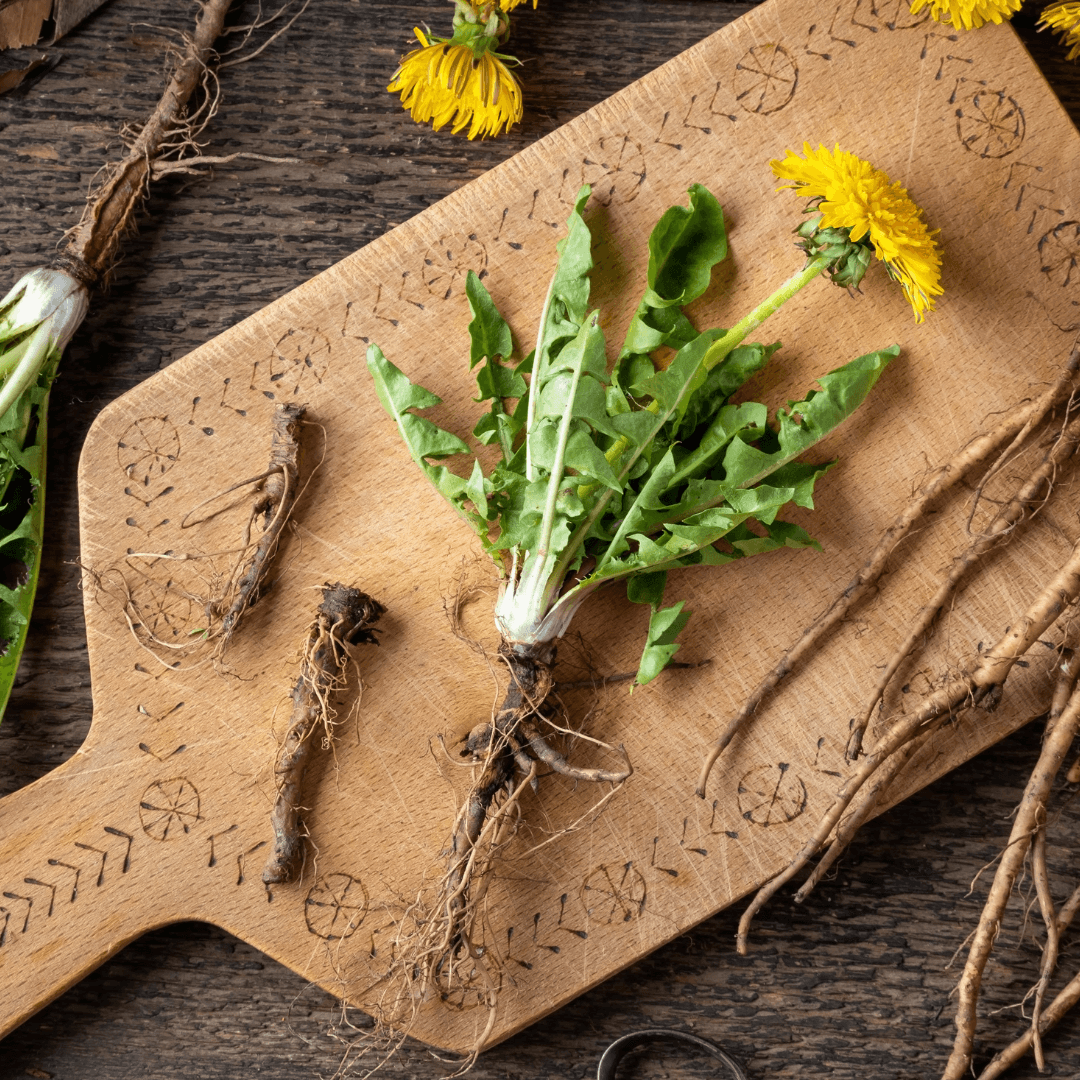
6. Root Rot
Symptoms Of Root Rot
Root rot is characterized by wilting, yellowing leaves and stunted growth. The roots of affected plants often appear black, mushy, and decayed, indicating that the plant cannot effectively absorb water and nutrients.
Identification Of Root Rot
Root rot is caused by overwatering or poorly drained soil, which creates an environment for fungi like Phytophthora to thrive. It is most commonly seen in potted plants or garden areas with poor drainage.
Prevention/Control Of Root Rot
To manage Root Rot, improve soil drainage by using well-draining soil and avoiding overwatering. Ensure pots have drainage holes and reduce watering frequency to prevent waterlogged conditions.
Remove affected plants and discard the decayed roots to halt the spread of fungi. If necessary, treat the soil with fungicides labelled for root rot.
For long-term prevention, maintain proper irrigation practices and choose plants suited to your soil's drainage capabilities.

7. Verticillium Wilt
Symptoms Of Verticillium Wilt
This disease causes leaves to yellow, wilt, and die, often starting on one side of the plant. Infected plants may also exhibit stunted growth and poor flowering.
Identification Of Verticillium Wilt
Verticillium Wilt is caused by soil-borne fungi that infect the plant through the roots and spread through the vascular system. It is more common in cooler soils and can persist for many years.
Prevention/Control Of Verticillium Wilt
Affected plants should be removed and destroyed to control Verticillium Wilt and stop the fungus from spreading.
Avoid planting susceptible species in affected soil, and improve soil health by adding organic matter. When replanting, choose resistant plant varieties.
To reduce susceptibility, ensure proper watering and avoid stress on plants. Crop rotation and solarization can help reduce fungal presence in the soil, but the disease can persist for years, so prevention is key.
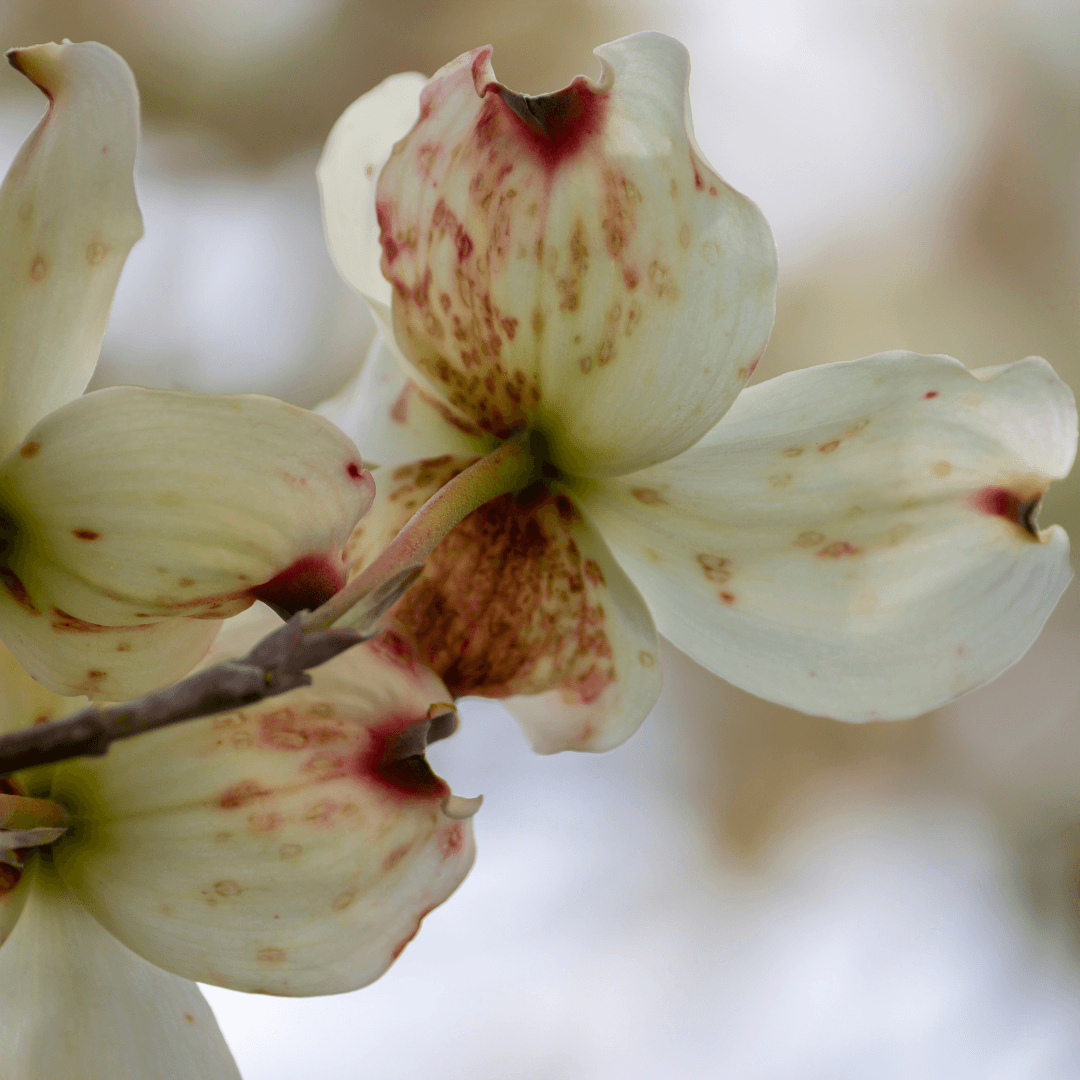
8. Anthracnose
Symptoms Of Anthracnose
Anthracnose presents as dark, sunken lesions on leaves, stems, and flowers. The spots may enlarge and merge, causing significant damage to the plant. Infected flowers may show distorted or shrivelled blooms.
Identification Of Anthracnose
This fungal disease thrives in wet, humid conditions and often affects plants like beans, cucumbers, and shade trees.
The disease typically starts at the tips or edges of leaves and progresses inward, causing significant defoliation.
Prevention/Control Of Anthracnose
Remove and destroy contaminated plant parts to stop the fungus from spreading and control anthracnose. Proper plant spacing and avoiding overhead watering will improve air circulation.
To control anthracnose, remove and destroy contaminated plant parts to stop the fungus from spreading. Proper plant spacing and avoiding overhead watering will improve air circulation.
Apply fungicides labelled for Anthracnose, especially during wet and humid conditions. Copper-based fungicides or neem oil can be effective organic options.
To minimize the risk of infection and defoliation, regularly monitor plants, maintain garden hygiene, and use resistant plant varieties.
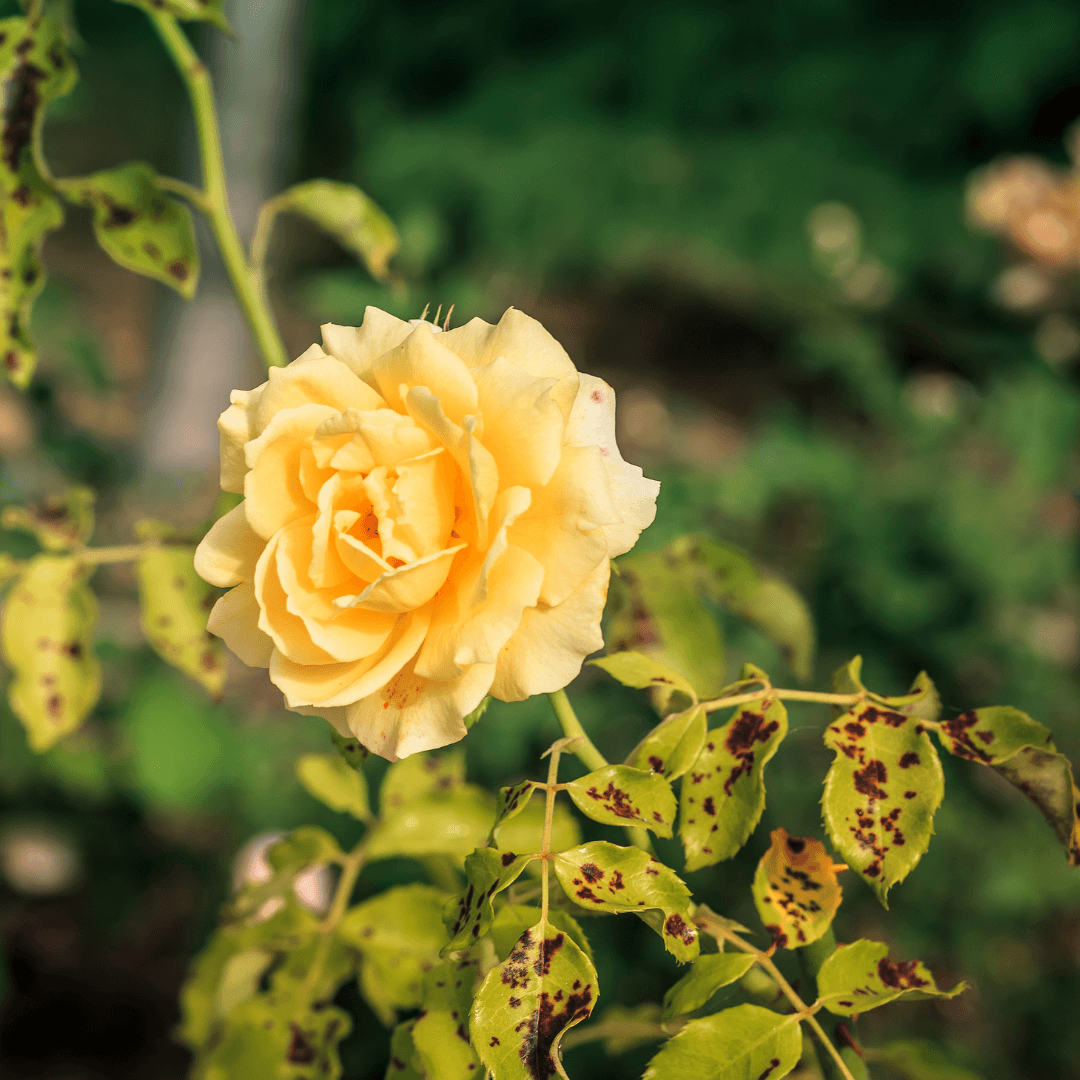
9. Black Spot
Symptoms Of Black Spot
Black Spot is characterized by black, circular spots with fringed edges on leaves, often surrounded by yellow halos.
As the illness worsens, the leaves may become yellow and wither early, lessening their vigour and ability to blossom.
Identification Of Black Spot
The black spot disease is particularly common in roses. It thrives in wet, humid conditions, especially when plants are watered overhead. The fungus overwinters on fallen leaves and can spread through splashing water.
Prevention/Control Of Black Spot
Remove and destroy infected leaves and fallen debris to control the Black Spot disease to prevent the fungus from overwintering.
Properly space plants and refrain from watering them from overhead to enhance air circulation around them.
Apply fungicides labelled for Black Spot, such as those containing sulphur or neem oil, especially during wet and humid conditions.
Regularly inspect plants, maintain garden hygiene, and choose resistant rose varieties to reduce the risk of infection.
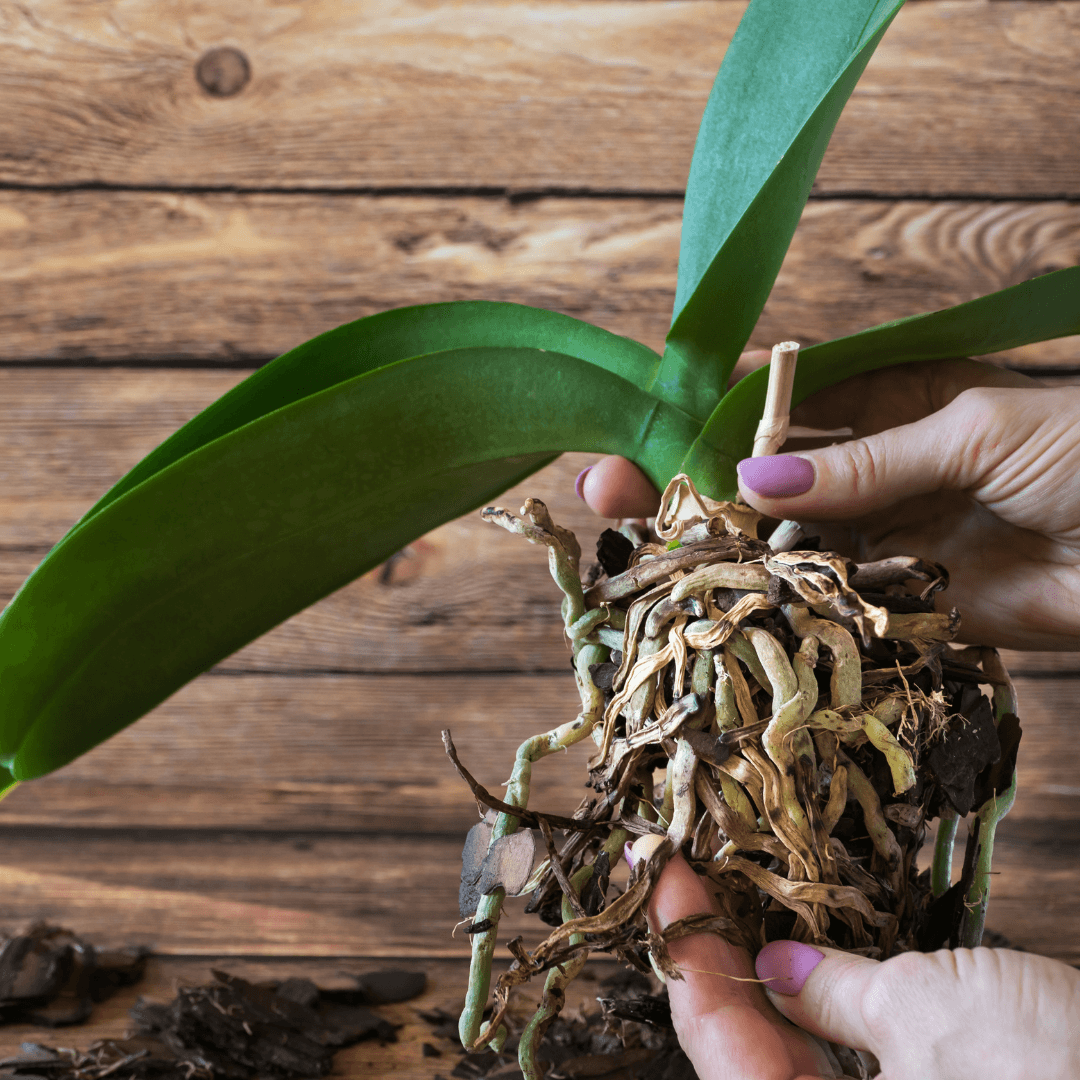
10. Clubroot
Symptoms Of Clubroot
Clubroot causes swollen, distorted roots that resemble clubs. Above ground, affected plants may wilt, yellow, and show stunted growth, particularly during warm weather. The disease often leads to a general decline in plant health.
Identification Of Clubroot
This soil-borne disease, caused by the pathogen Plasmodiophora brassicae, primarily affects brassicas (like cabbage, broccoli, and cauliflower).
Clubroot is more severe in acidic soils, and symptoms are most noticeable when dry conditions stress plants.
Prevention/Control Of Clubroot
To manage Clubroot, raise soil pH by applying lime to make it less acidic, as the disease thrives in acidic conditions. Practice crop rotation, avoiding brassicas in the same soil for several years.
To stop the pathogen from spreading, remove and kill afflicted plants. Improve soil drainage and avoid overwatering.
Choose resistant varieties and apply fungicides if necessary to control the disease, particularly in areas where Clubroot is known to occur.
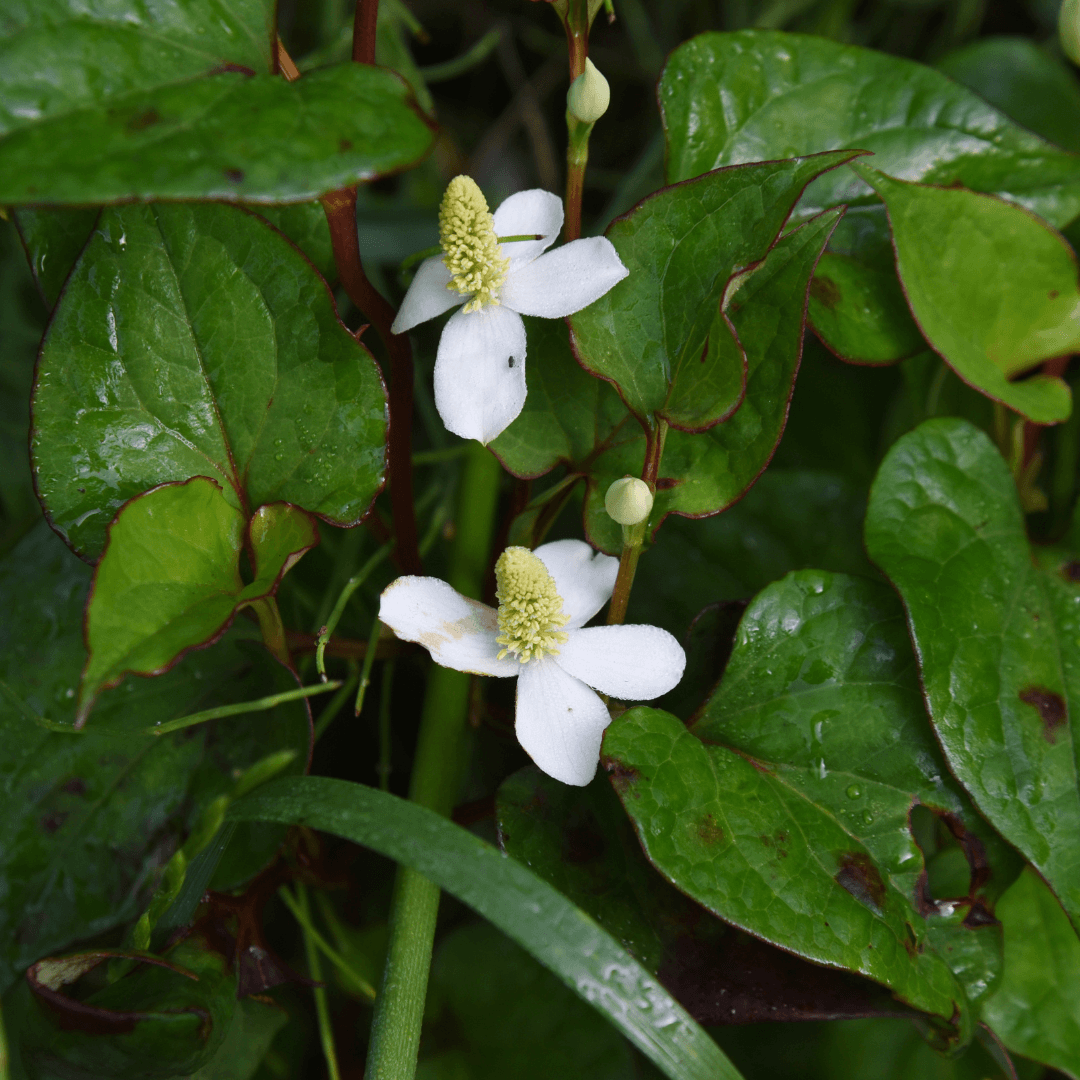
11. Leaf Blotch
Symptoms Of Leaf Blotch
Leaf Blotch manifests as irregularly shaped blotches on leaves, often water-soaked. The scars may turn brown or black as they enlarge, leading to leaf curl and drop. In severe cases, the entire plant may defoliate.
Identification Of Leaf Blotch
The leaf blotch disease is common in plants like peonies and irises. It typically develops in wet conditions and can spread through infected plant debris left in the garden.
Prevention/Control Of Leaf Blotch
Remove and destroy diseased leaves and plant debris to stop Leaf Blotch from spreading. Proper plant spacing and avoiding overhead watering to keep leaves dry will improve air circulation.
Apply fungicides labeled for Leaf Blotch, especially during wet conditions.
To reduce the chance of defoliation and general plant decline, keep your garden clean and watch for any early symptoms of infection in your plants.

12. Crown Gall
Symptoms Of Crown Gall
Crown Gall is identified by forming large, rough galls or tumours at the base of the stem, roots, or branches.
These galls can disrupt the plant's vascular system, leading to stunted growth, poor flowering, and eventual death.
Identification Of Crown Gall
Caused by Agrobacterium tumefaciens, Crown Gall affects various ornamental plants. It is particularly problematic in roses, fruit trees, and other woody plants. The disease is often introduced through wounds or grafting.
Prevention/Control Of Crown Gall
To manage Crown Gall, remove and destroy infected plants, including the galls, to prevent the spread of Agrobacterium tumefaciens.
Avoid wounding plants during pruning or grafting, as the bacteria enter through injuries. Disinfect tools between uses to prevent contamination.
Choose resistant plant varieties and avoid planting susceptible species in previously infected soil. Maintaining good plant health and hygiene is essential to reducing the risk of infection and its spread.
Prevention And Treatment Of Flower Diseases
Preventing and treating flower plant diseases is essential for maintaining a healthy and vibrant garden.
A proactive approach that combines cultural practices, environmental management, and timely interventions can help minimize the impact of diseases.
Below is a comprehensive guide on prevention and treatment strategies for common flower plant diseases:
1. Proper Plant Selection
Choose Resistant Varieties
Many plant breeders offer disease-resistant varieties. These plants are less likely to succumb to diseases like Powdery Mildew, Rust, and Verticillium Wilt. Selecting resistant species and cultivars is one of the most effective preventive measures.
Healthy Plants
Start with healthy plants free of disease symptoms. Inspect plants thoroughly before purchasing them to avoid introducing diseases into your garden.
2. Soil Management
Soil Preparation
Amend well-drained soil with organic matter like compost. Poorly drained soils are breeding grounds for pathogens that cause Root Rot and Clubroot.
Soil pH
Adjust soil pH according to the needs of the plants. For example, maintaining a soil pH above 7.2 can help prevent Clubroot in brassicas.
Crop Rotation
Rotate flower types annually, especially if diseases were present the previous season. Crop rotation can stop soil-borne pathogens in their tracks and lower the chance that an illness will return.
3. Watering Practices
Avoid Overhead Watering
By reducing the leaf moisture, base-watering plants can stop the spread of fungi that cause illnesses like powdery mildew and black spots. Drip irrigation is ideal.
Water Early
Watering early in the day allows foliage to dry before nightfall, reducing the chances of disease development.
Consistent Watering
Avoid fluctuations in soil moisture, as inconsistent watering can lead to problems like Blossom-End Rot and other stress-related diseases.
4. Good Garden Hygiene
Remove Infected Plant Material
Regularly inspect plants and promptly remove infected leaves, flowers, or stems. This prevents the spread of disease.
Clean Tools
To prevent the transmission of pathogens, disinfect gardening tools after use, especially when cutting diseased plants.
Sanitize Pots And Containers
Clean and disinfect pots to eliminate lingering pathogens before reusing pots.
5. Proper Spacing And Air Circulation
Plant Spacing
Space plants adequately to ensure good air circulation. Crowded plants are more susceptible to diseases like Rust and Botrytis Blight due to increased humidity and reduced airflow.
Pruning
Regularly prune plants to improve air circulation and remove dead or overcrowded growth.
FAQ
1. When Should I Seek Professional Help For Flower Diseases?
Answer: If you’ve tried home remedies without success or if the disease is spreading rapidly, it may be time to consult a local horticulturist or extension service for professional advice.
2. Can I Use Chemical Treatments For Flower Diseases?
Answer: Chemical treatments are useful but should only be employed as a last option due to their possible environmental harm.
Always follow the manufacturer's instructions and consider integrated pest management (IPM) strategies.
3. Are There Specific Flowers More Prone To Certain Diseases?
Answer: Yes, different flowers have varying susceptibilities. For example, roses are prone to black spot disease, while petunias can suffer from powdery mildew. Research the specific needs and risks associated with each flower type.
4. Can Flower Diseases Spread To Other Plants?
Answer: Many flower diseases can spread to other plants through spores, insects, or contaminated soil. To prevent spread, isolate affected plants and clean your garden tools regularly.
Conclusion
In conclusion, maintaining a healthy garden requires vigilance in preventing and treating flower diseases.
Regularly inspecting your plants, using proper gardening techniques, and applying organic or chemical treatments as needed can ensure vibrant, disease-free blooms.
A proactive approach not only protects your flowers but also enhances the beauty and longevity of your garden.
I trust you enjoyed this article, Guide To Flower Diseases Prevention And Treatment. Please stay tuned for more blog posts soon. Take care!
JeannetteZ
>>>Please click here to read my all-inclusive article, About The Essential Companion Planting Guide<<<
>>>Please click here to read my all-inclusive article about Container Gardening<<<
>>>Are you interested in homegrown herbs and medicine? Please click here to find out more about it!<<<
Your Opinion Is Important To Me
Do you have thoughts, ideas, or questions? I would love to hear from you. Please leave me your questions, experiences, and remarks about this article, Guide To Flower Diseases Prevention And Treatment, in the comments section below. You can also email me at Jeannette@Close-To-Nature.org.
Disclosure
This post may contain affiliate links. As an Amazon Associate and other affiliate programs, I earn from qualifying purchases at no extra cost to you. Please read my full affiliate disclosure.
You might also enjoy these blog posts:
Common Vegetable Diseases In Your Garden
The Benefits Of Vajrasana Yoga
The Surprising Benefits Of Goat Yoga
Interesting Facts About Cardinals

